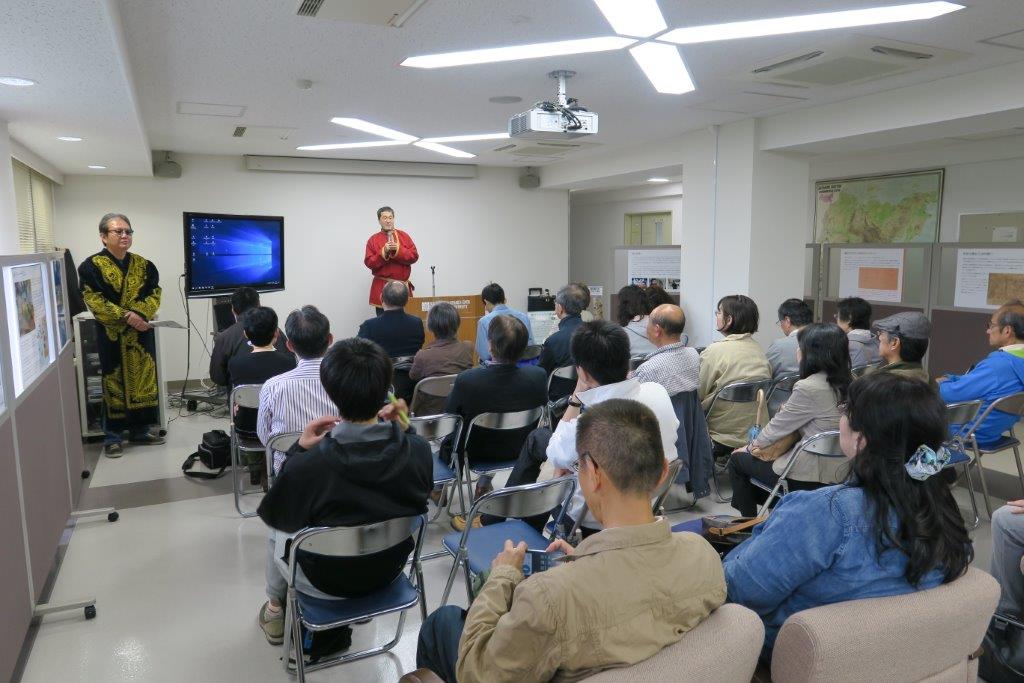When the southern half of Sakhalin (Karafuto) was part of the Japanese Empire, reaching the colony from the metropole was said to involve a difficult journey 'across the two salt rivers'. Traversing the first - the Tsugaru Strait between Honshu and Hokkaido - has been relatively simple for travelers for much of the twentieth century. Crossing the second - the Soya Strait that separates Hokkaido from Sakhalin - has proved trickier.
For much of his day job, Saito Masayoshi could gaze across the Soya Strait to the faint outline of Sakhalin on the horizon. Following retirement as a city hall official, he was able to put down his pen and pick up his camera to cross the second salt river and discover what lay on the other side. He found, as he told an audience of 40 people at a Science Talk at Hokkaido University's 59th University Festival, something of the charm of the border.
In his forthcoming book, the photographs are described as revealing 'the Sakhalin of today where previously 400,000 Japanese once lived'.1 One of the most striking photos is of a stone torii gate that remains standing long after the wooden building of the original shinto shrine has disappeared. This perhaps encapsulates how memory of empire often forms around a recognizable facade while everyday structures get forgotten after their collapse. Other arresting images include remains of the factories of Oji Paper Manufacturing - the company that dominated the colonial economy and that provided a livelihood to so many of Karafuto's residents. In one photo that was on display at the university festival, children play in the ferro-concrete ruins suggesting how the residents of today's Sakhalin have found new uses for the island's Japanese past. What the women and men who made a living in the shadow of these factories' chimneys would make of such photographs is an unanswerable question. That Saito Masayoshi's images make you want to ask it is testament to how successfully he has captured what remains of the lives of those who succeeded in crossing the second of the two salt rivers.
1 Saharin ni nokoru Nihon (Hokkaido University Press, 2017) (in Japanese)



 Eurasia Unit for Border Research (Japan)
Eurasia Unit for Border Research (Japan)




